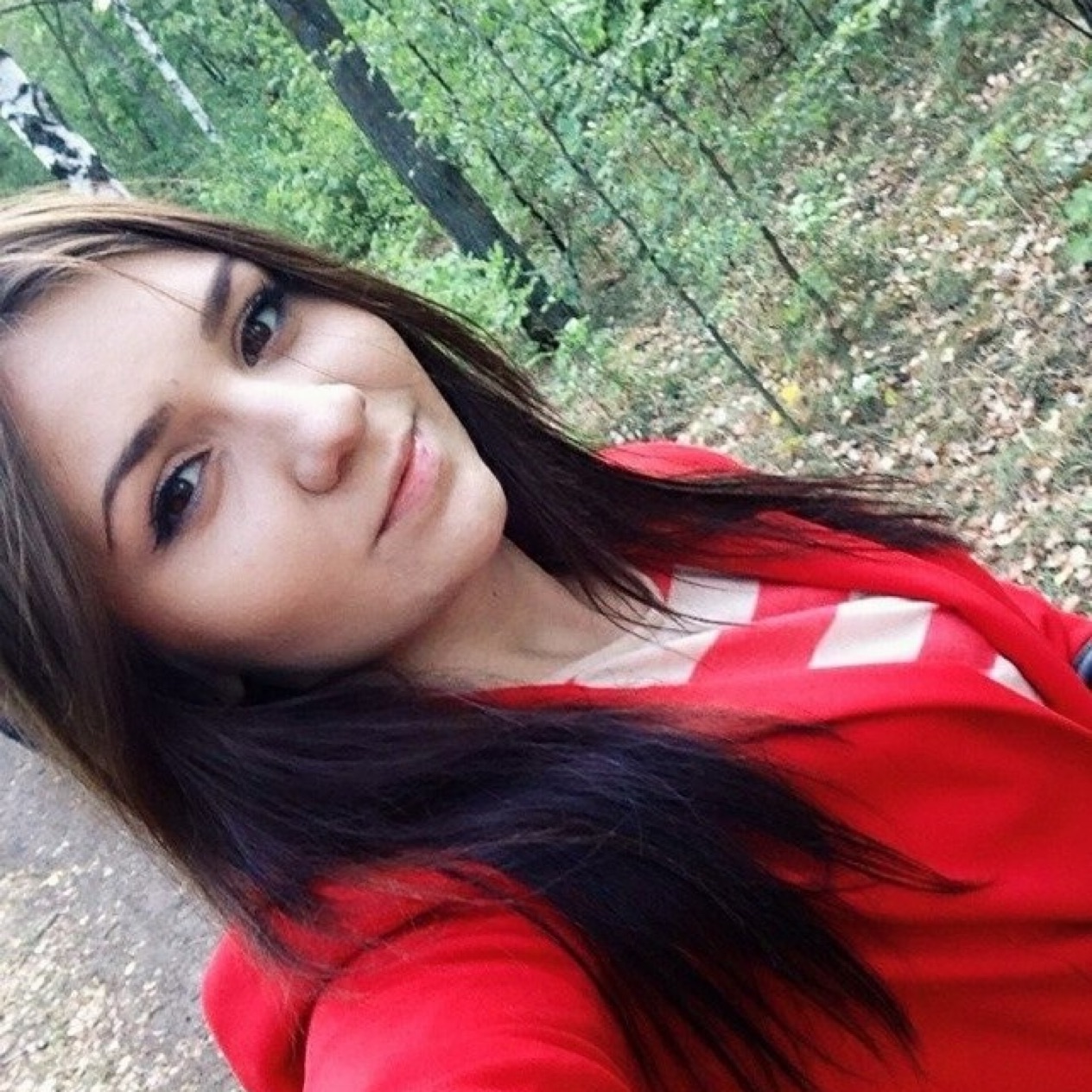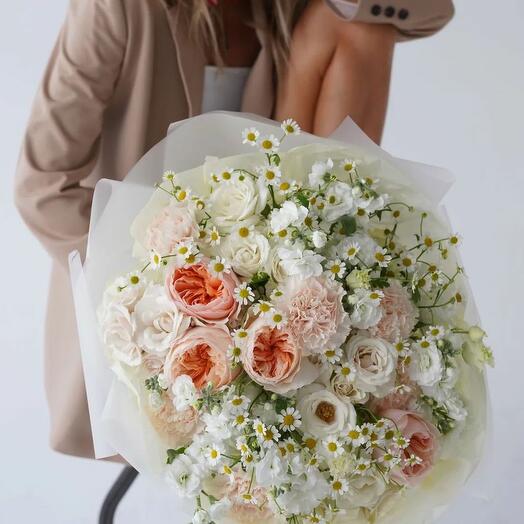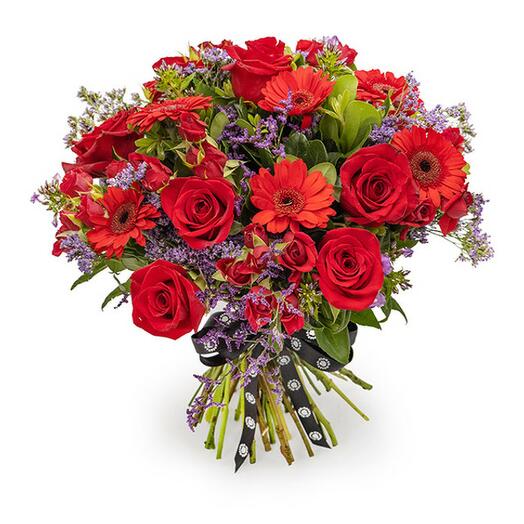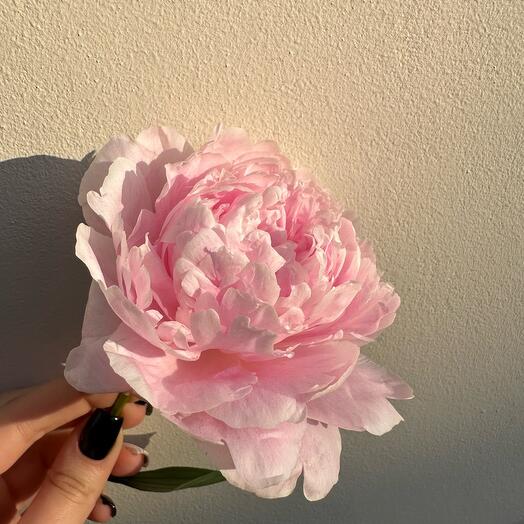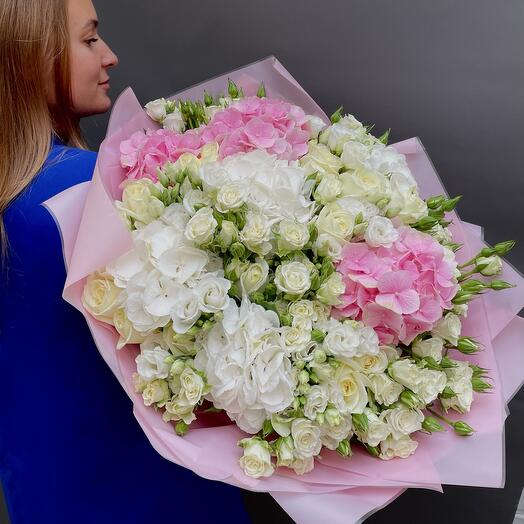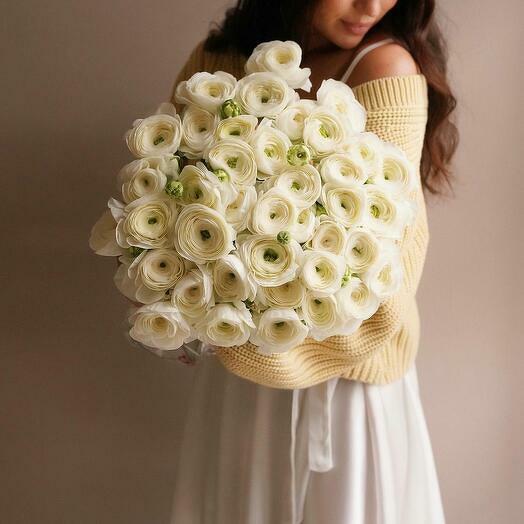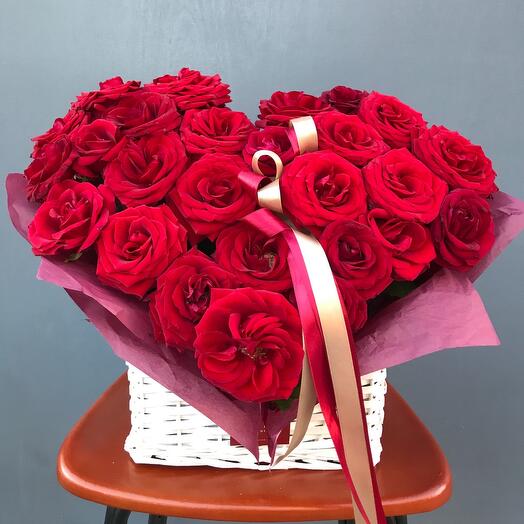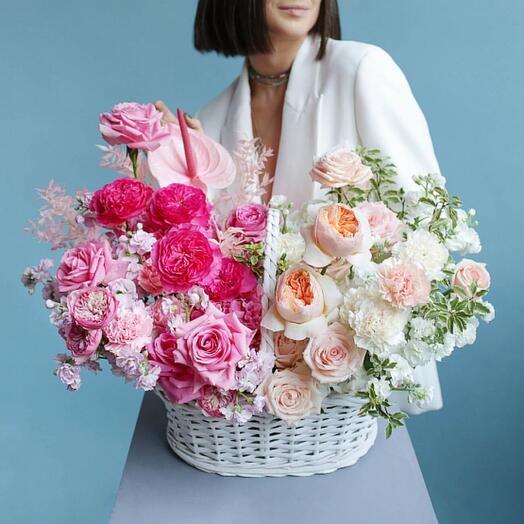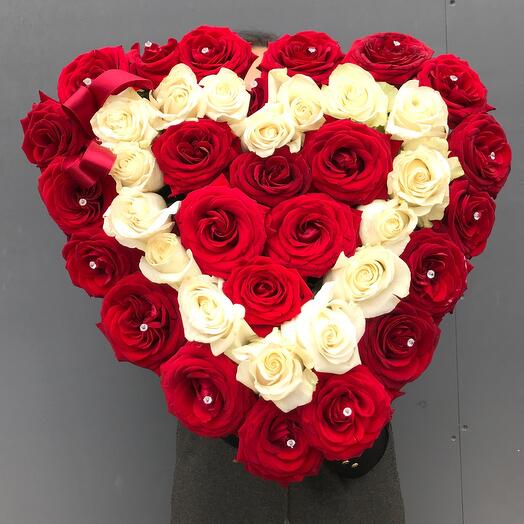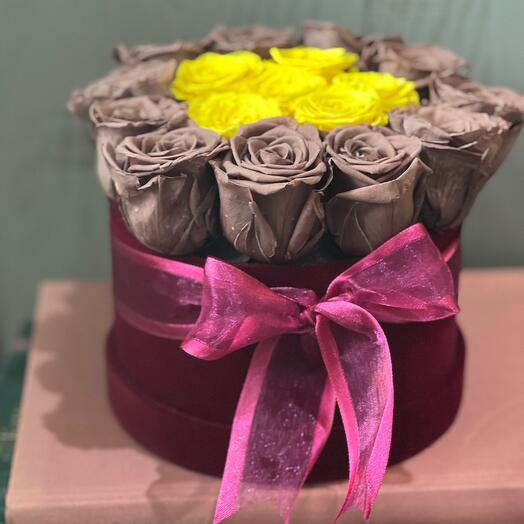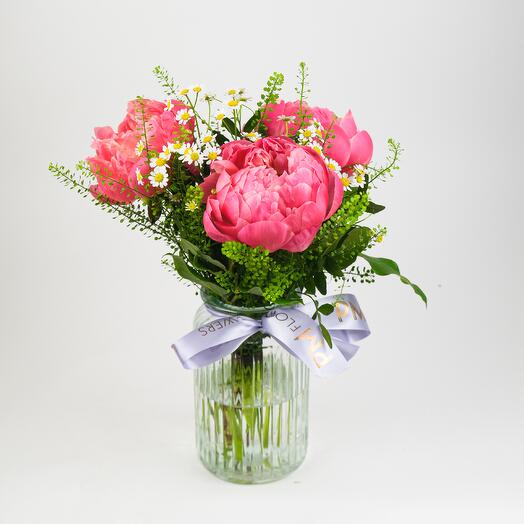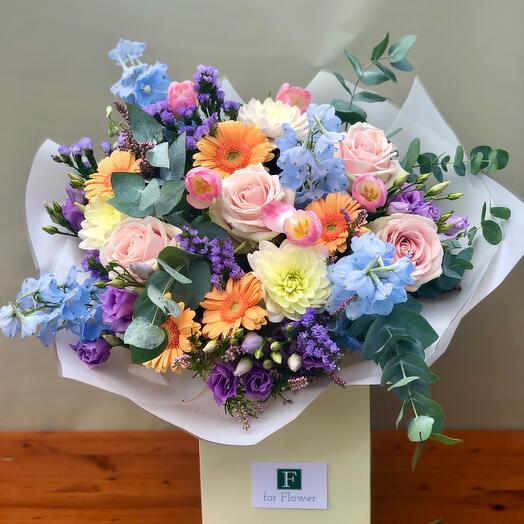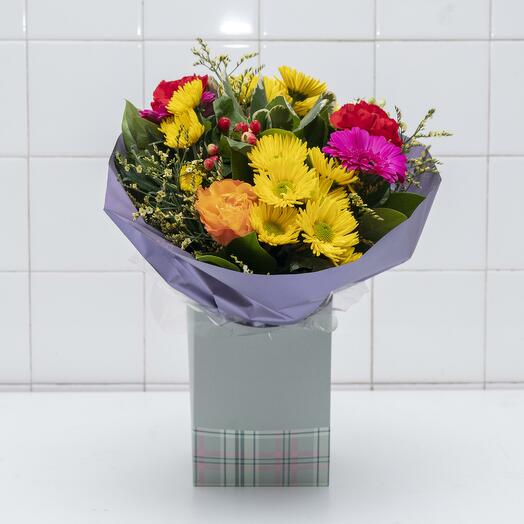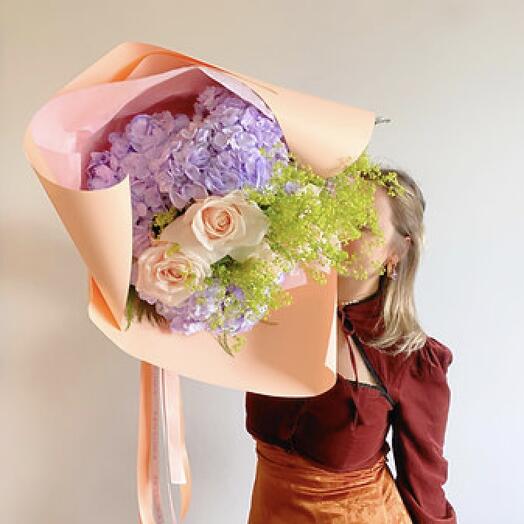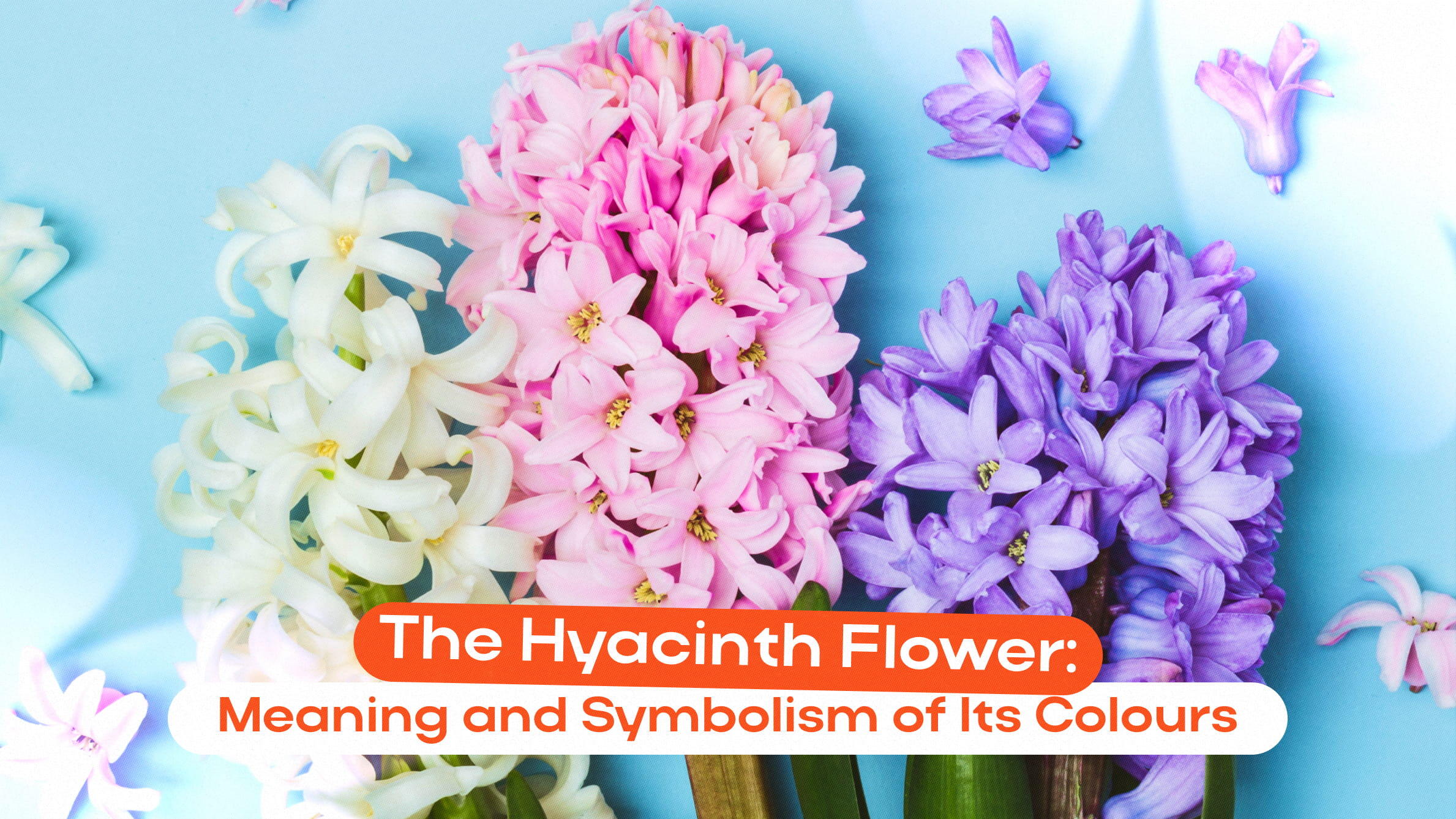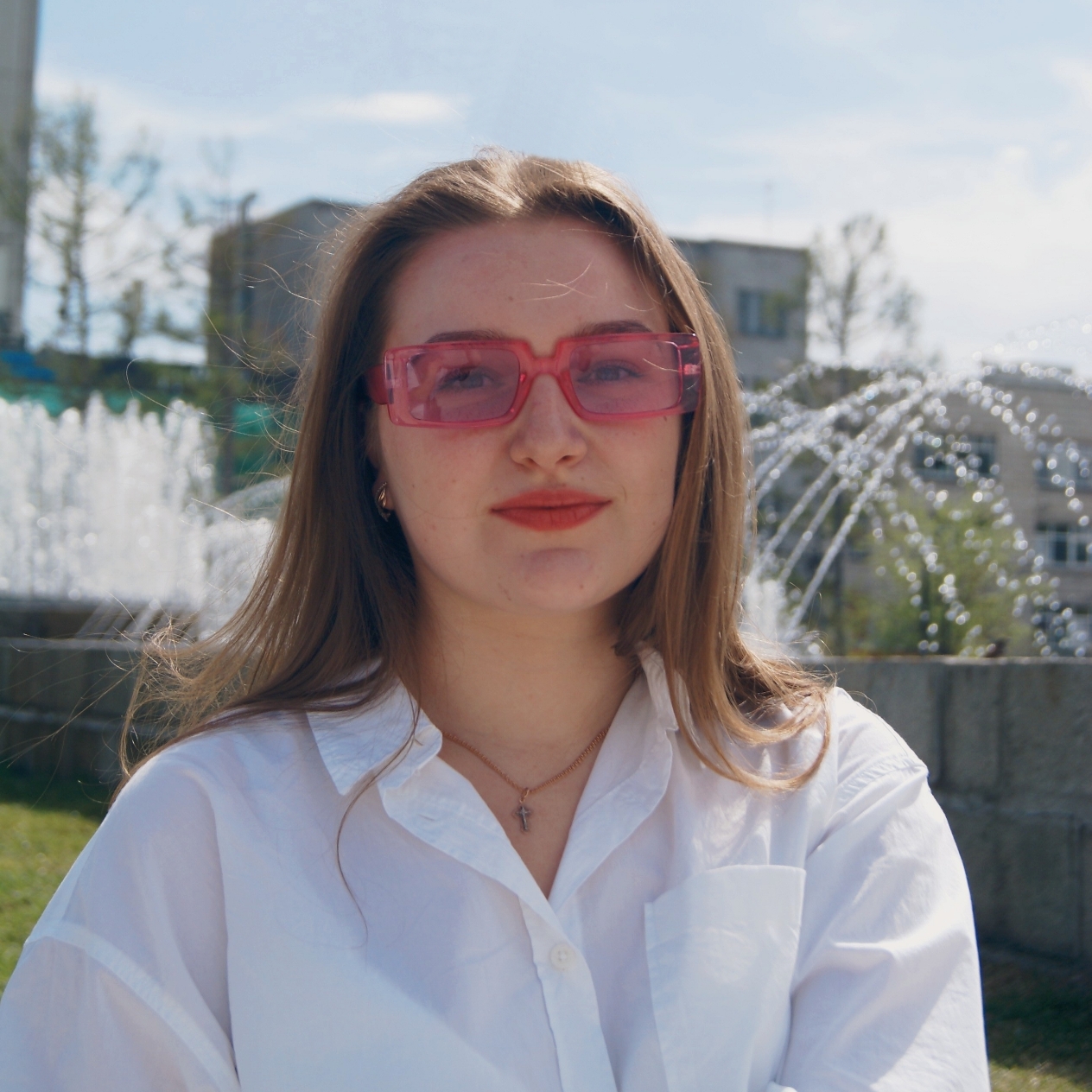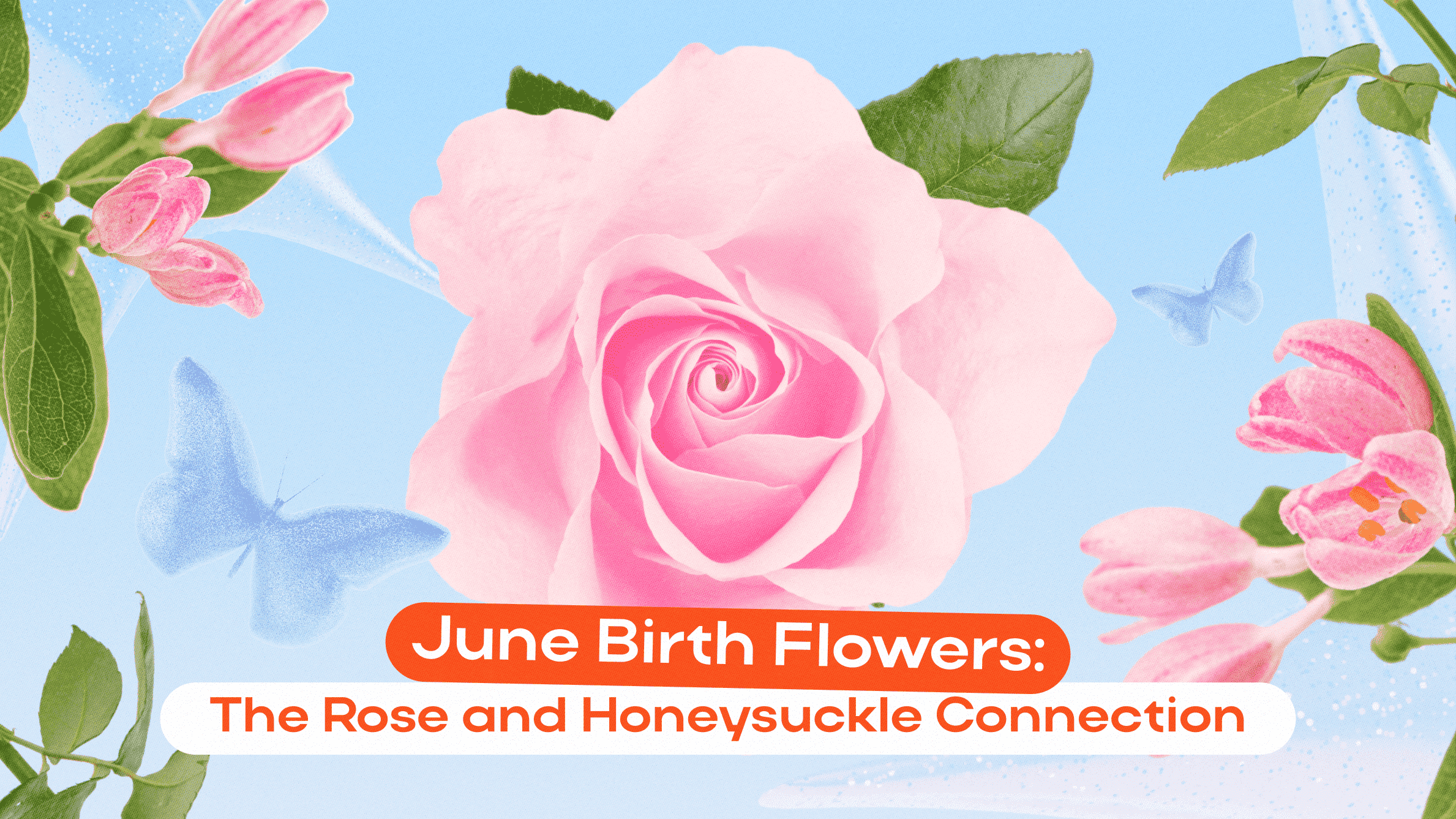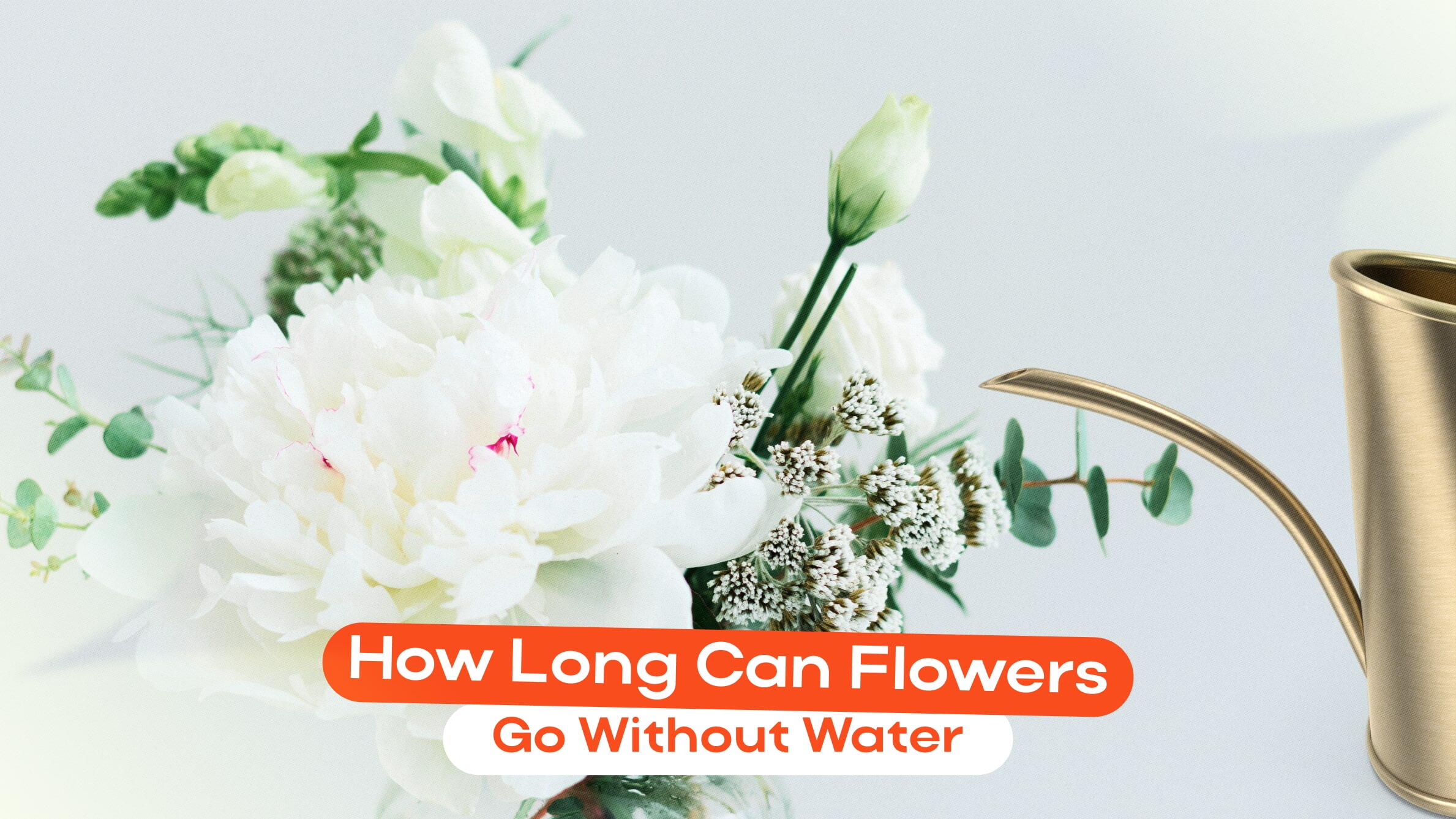Different Types of Bouquets
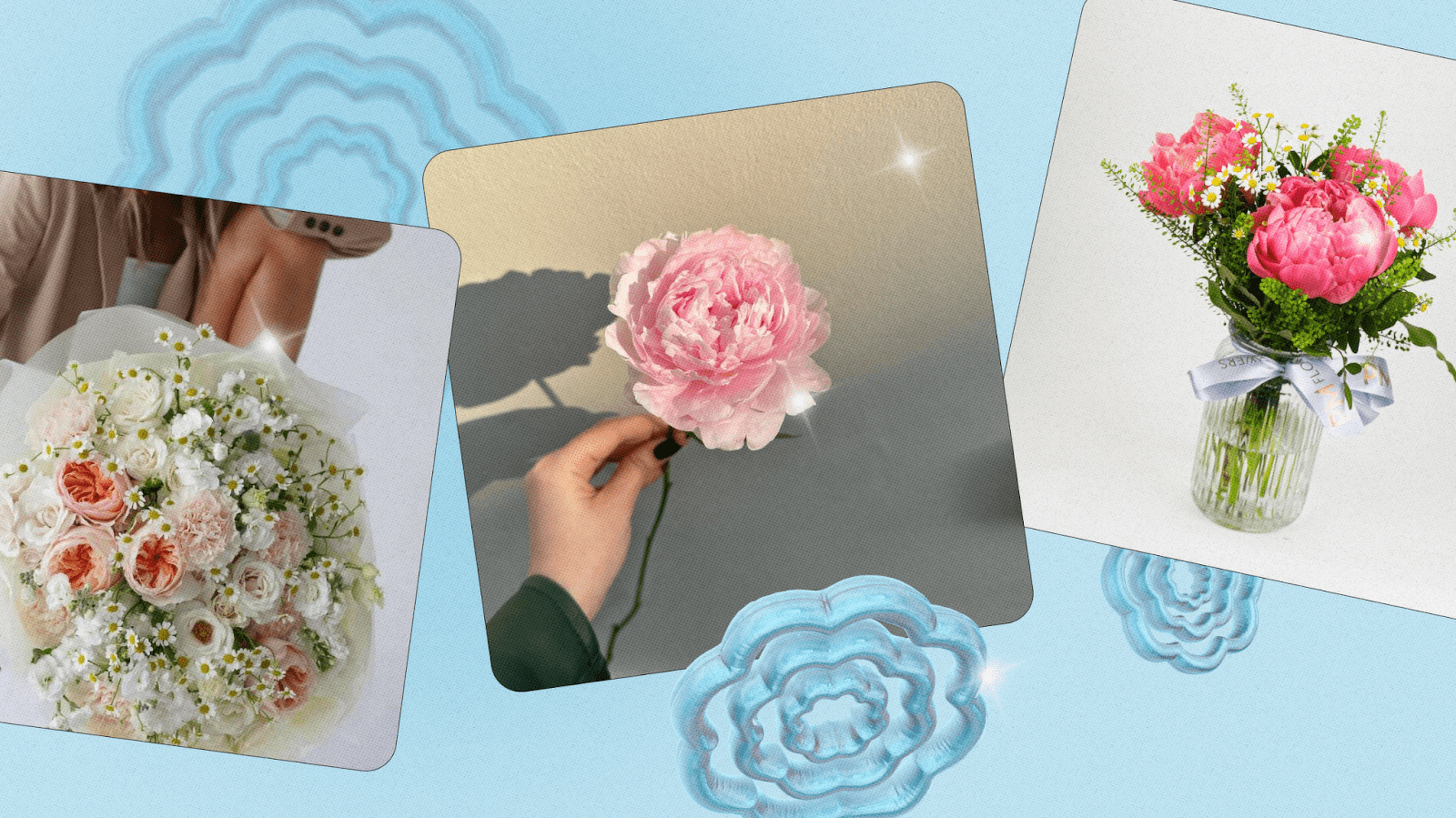
Exquisite floral arrangements add beauty and elegance to any occasion, but is it possible to masterfully choose a customised composition for a specific event? Yes! From weddings to birthdays, these popular floral gifts can be tailored to delight any recipient, perfectly fitting the style, purpose, and personal preferences. Let's explore the different types of bouquet flowers and discover which themes they are best suited for.
Posy Bouquets

These small, round bouquets make charming presents for birthdays, anniversaries, or as a gesture of appreciation. They are generally held in one hand and consist of a tight cluster of buds with minimal foliage, thus offering a delicate and charming aesthetic. Varieties usually included in this arrangement are tulips, daisies, carnations, baby's breath, and sweet peas.

Round Bouquets
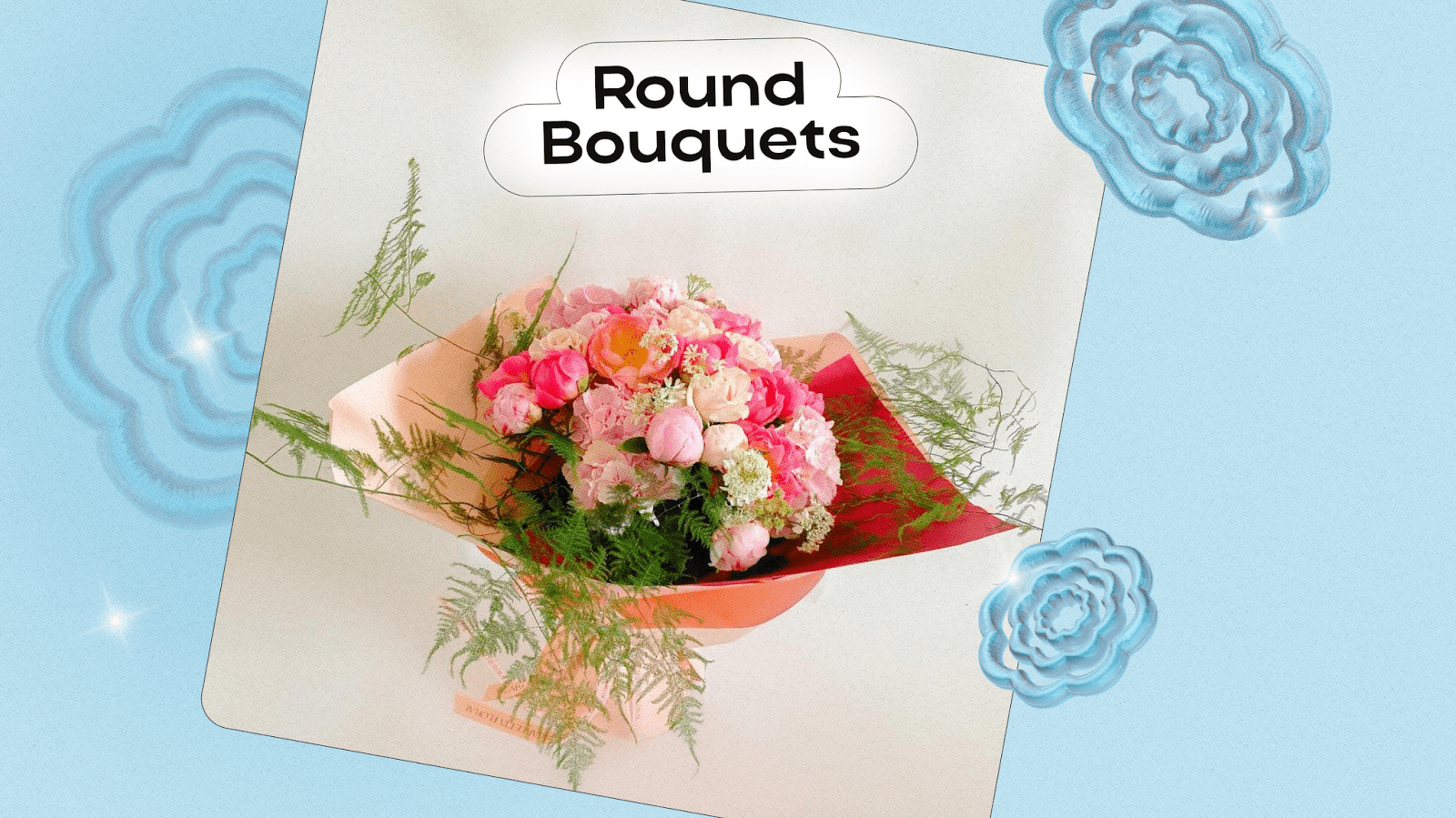
As the name suggests, these compositions are tightly arranged in a sphere. Versatile and suitable for various celebrations, from weddings to formal events, they will look marvellous in your pictures. If you want this style to show its full splendour, choose one type of flower or similar blooms, such as peonies, ranunculus, sunflowers, or gerbera daisies.
Hand-Tied Bouquets
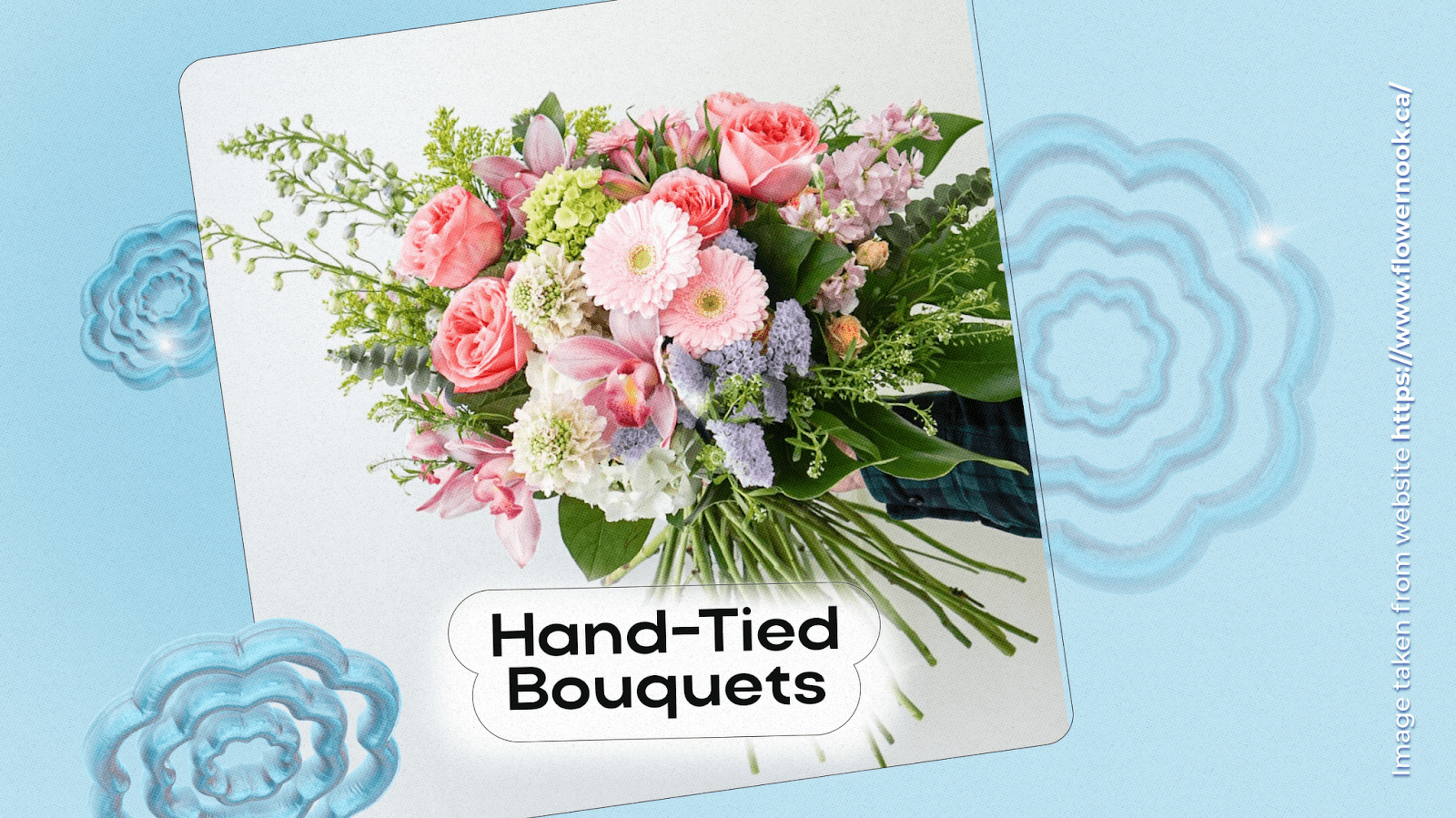
Created by professional florists from a selection of wildflowers, they are casual and effortless in their appearance. Usually, for this type, daffodils, lavender, delphiniums, lisianthus, and carnations are tied together with ribbon or twine, which adds to the natural, straight-from-the-garden look. Informal occasions are the best for this bouquet style.
Single-Stem Bouquets
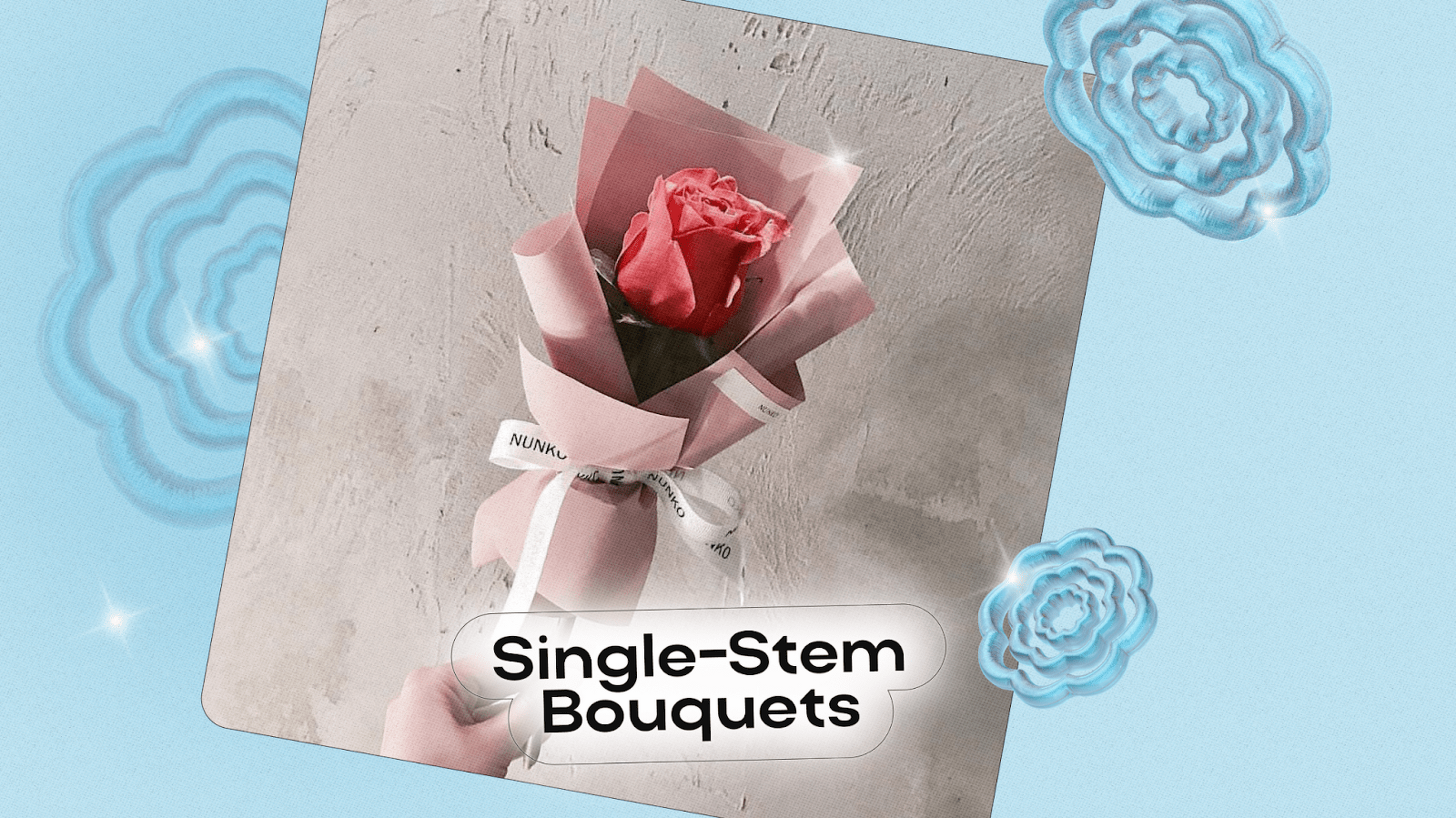
To focus on the appeal of a single flower, opt for the single-stem design. Both graceful and minimalist, it’s an excellent choice for romantic gestures or to express admiration. Roses, calla lilies, proteas, and irises are typically included in single-stem bouquet flowers; these types are absolutely stunning even alone.
Presentation Bouquets

This style was specifically designed to be held in the crook of the arm, showcasing the magnificence of fresh flowers. Typically used in beauty pageants, formal ceremonies, or special events, such an arrangement is bound to help you or your recipient stand out from the crowd. Long-stemmed roses, lilies, delphiniums, snapdragons, and gladioli look magnificent in these compositions.

Basket Bouquets
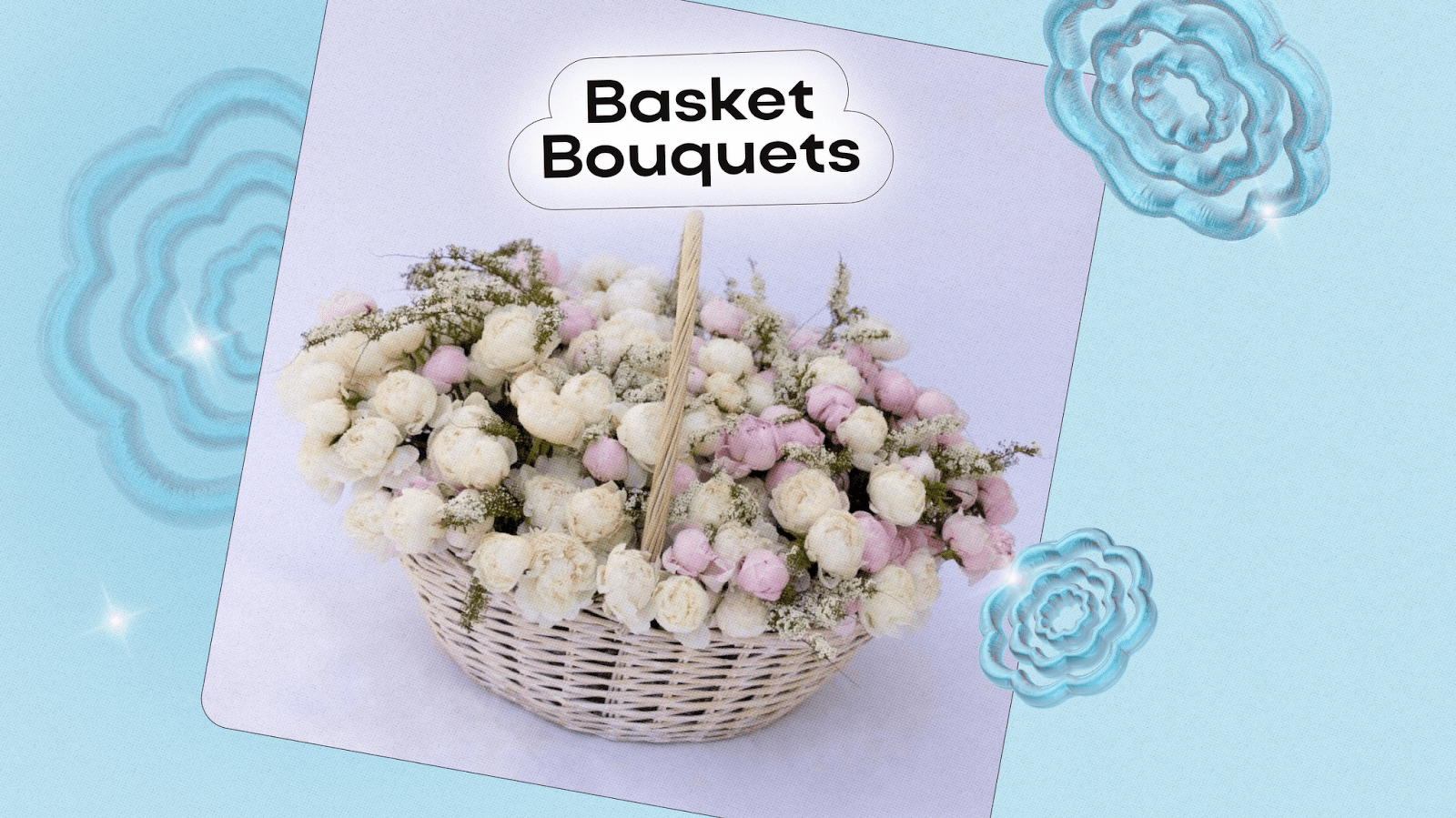
These charming compositions placed in a basket or a woven box are the epitome of rustic style. While they are most suitable for outdoor events, they can also be integrated into home decor or used as centrepieces for a country-themed occasion. Daisies, sunflowers, pansies, daffodils, and gerberas are the pick of the bunch for this design.
Biedermeier Bouquet

The Biedermeier features concentric rings of different blooms, offering a distinctive colour-blocked effect. This style originated in the 19th century and has recently made a comeback in modern weddings, thanks to its structured and artistic shape that incorporates beloved varieties: dahlias, roses, sunflowers, zinnias, and marigolds.
Mono Bouquet
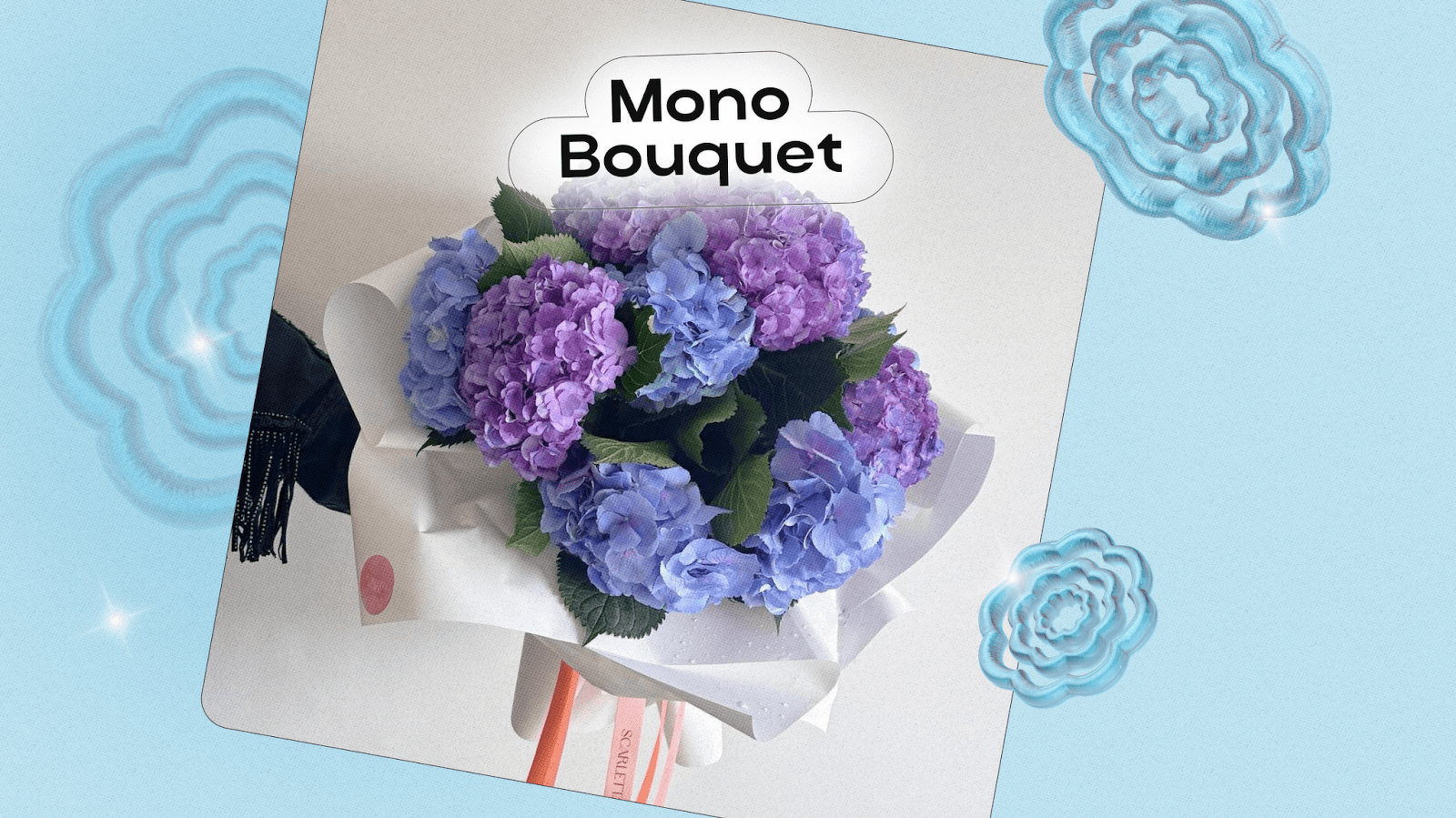
Another type that focuses on a single kind of flower, the mono bouquet, takes a different approach to creating a bold and visually striking arrangement. As it consists entirely of calla lilies, tulips, irises, lilies, or ranunculus, this design is perfect for showcasing the beauty and elegance of a particular bloom.
Shower Bouquets
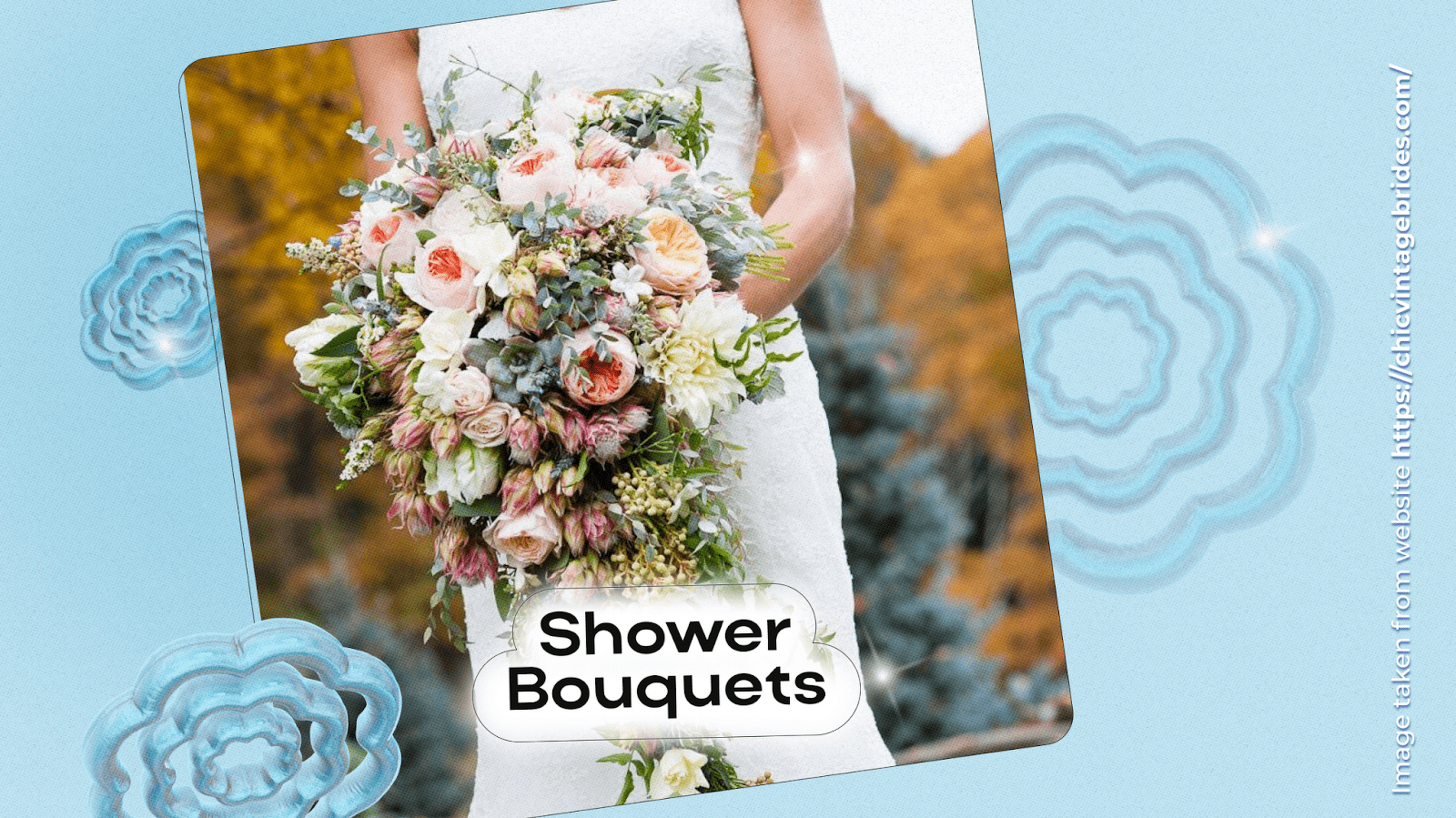
Opulent, extravagant, and cascading all together, these formal bouquets were also devised for holding. They are best suited for celebrations where they can be carried over the arm or held in front. Shower arrangements often incorporate orchids, hydrangeas, peonies, and lisianthus.
Cascade or Waterfall Bouquets
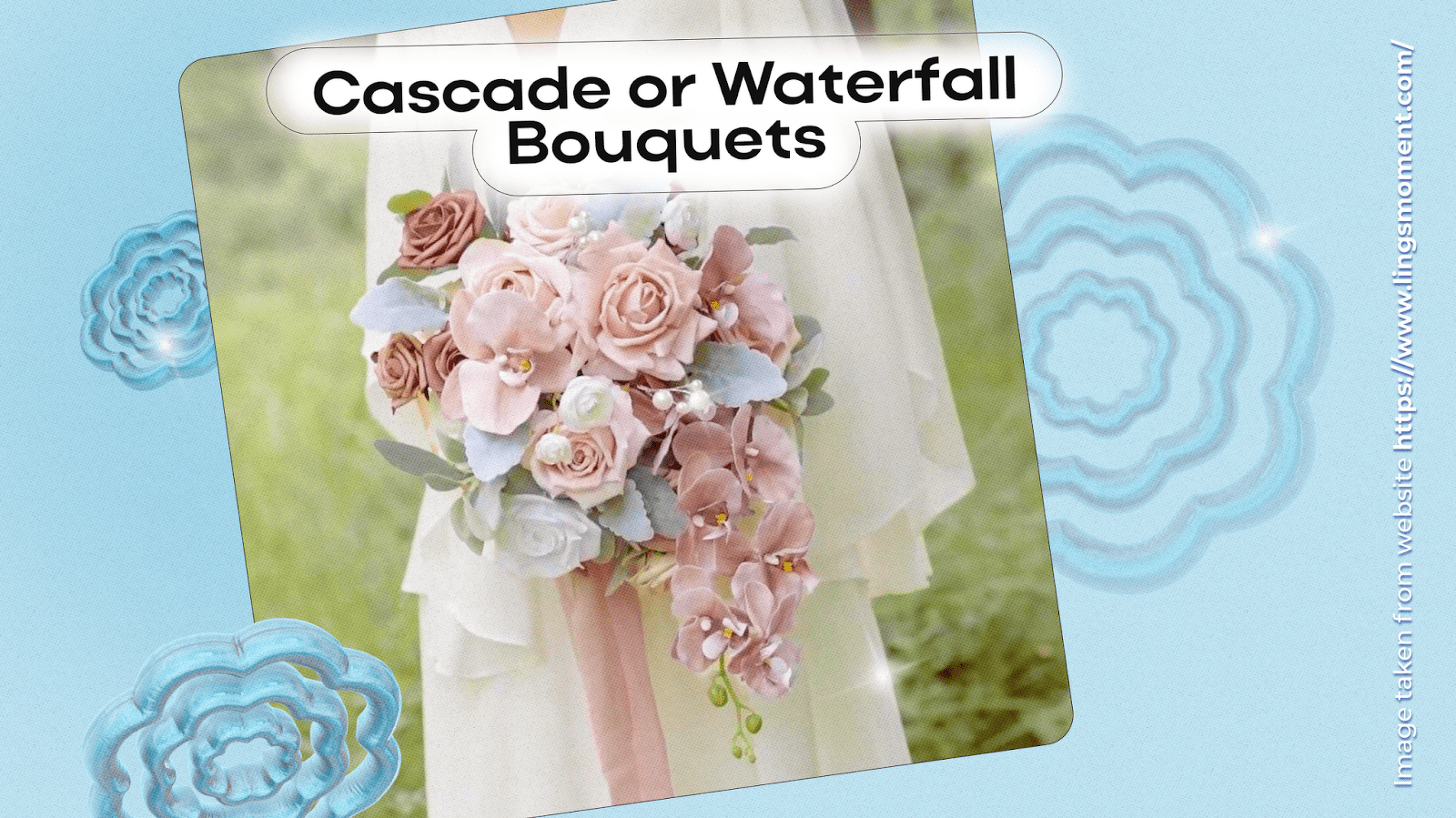
Well known for their cascading shape, these arrangements gracefully spill over the edges of their containers like a vibrant waterfall. A perfect choice for many grand events, such as weddings, where the bride can make a stunning entrance with a breathtaking floral cascade. Alternatively, consider gifting such a lush composition at galas or anniversary parties. Some flowers commonly used for this style are roses, orchids, calla lilies, hydrangeas, and freesias.
Fan Bouquets
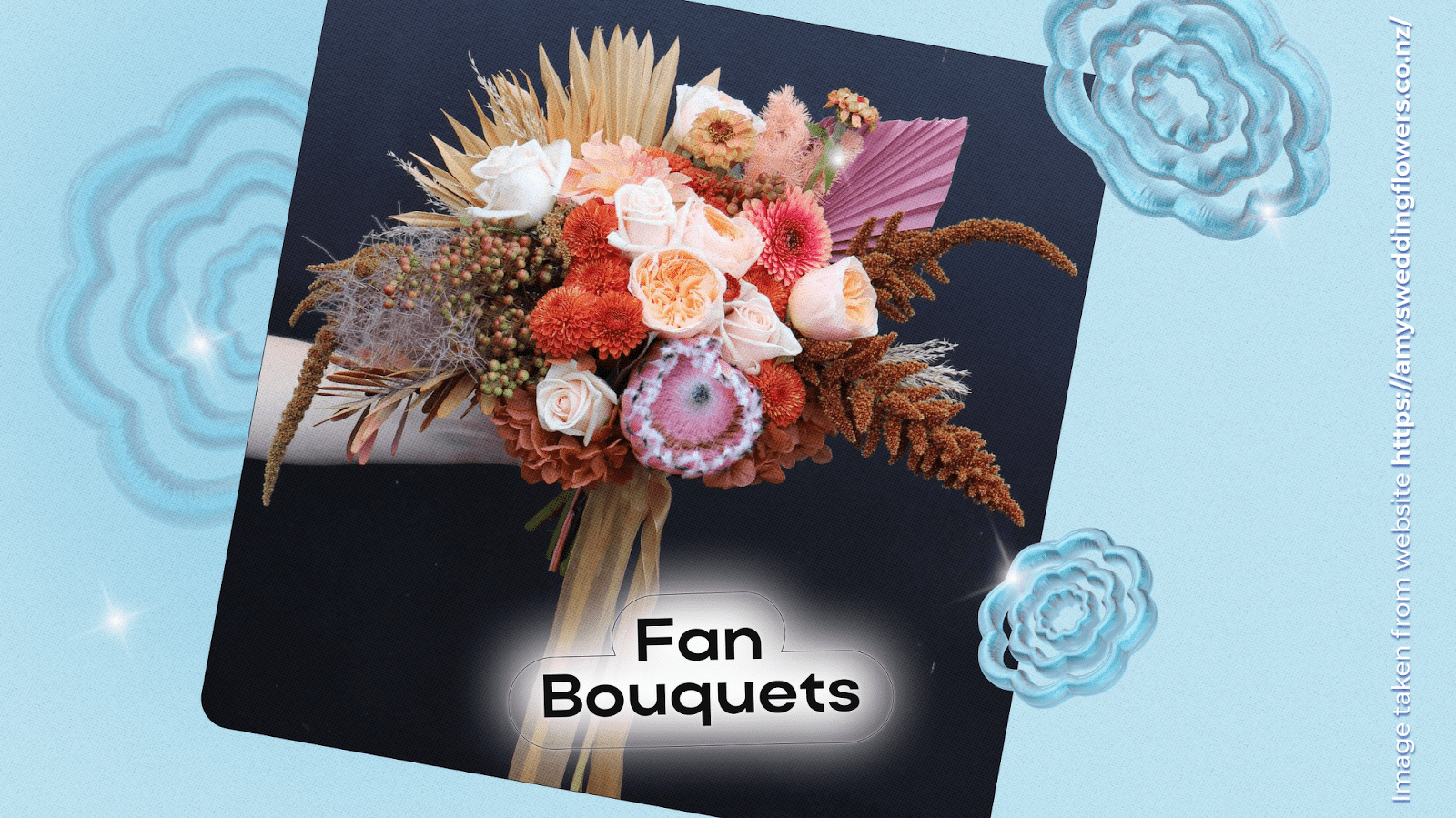
Another unique and striking arrangement, a fan bouquet, is usually spread out to resemble an open fan. They create a dramatic visual impact and are often chosen for formal events, themed parties, and theatrical performances too. Pick roses, carnations, peonies, orchids, or anthuriums for the most beautiful result.
Composite Bouquets
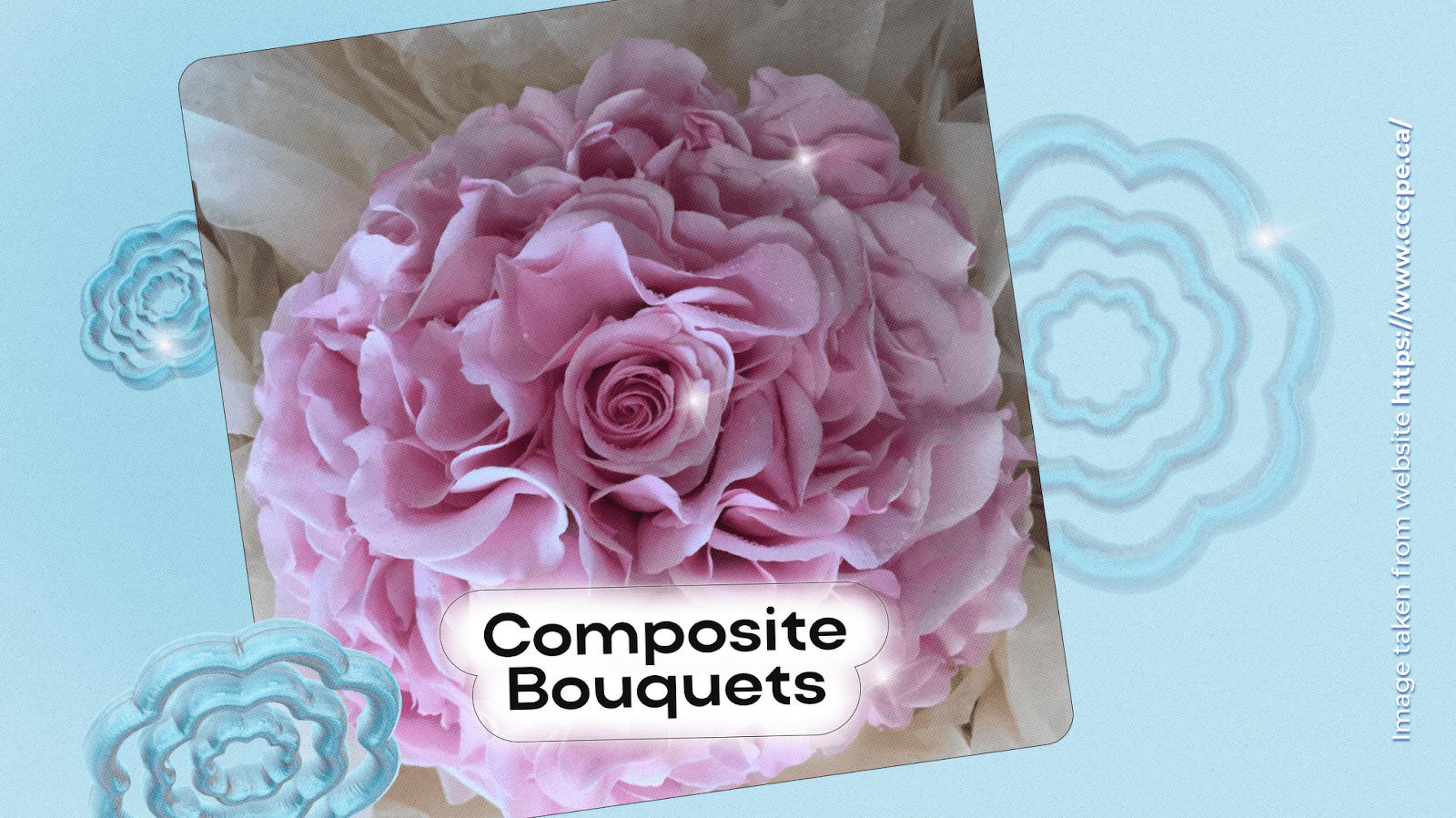
Whenever something distinct and intricate is required, go for composite designs assembled from individual petals or florets. These elements are wired or glued together to create a large and stunning bloom. A popular choice for extraordinary and eye-catching bridal adornments, composite arrangements usually consist of dahlias, camellias, chrysanthemums, anemones, and gardenias.
Crescent Bouquets

Whenever you see a curved-shaped arrangement resembling a crescent moon, rest assured, it’s the crescent style. It offers a unique twist on traditional approaches featuring such elements as stephanotis, lily-of-the-valley, jasmine, and snapdragons. Incorporating elegant types of flowers, bouquets of these shapes serve as a distinctive and artistic statement for modern brides.
Different types of flowers in a bouquet

To create a mesmerising array of shades and textures, florists choose distinct flower varieties for their creations. Let's take a look at the most sought-after blooms commonly found in bouquets:
- Roses: The epitome of romance and elegance, roses come in many shades of hues, from baby pink to burgundy.
- Lilies: Majestic and fragrant, lilies symbolise purity and grace, making them a favoured choice for special occasions.
- Orchids: Exotic and captivating, orchids exude sophistication and charm, offering exotic allure.
- Carnations: Versatile and long-lasting, carnations represent love, fascination, and distinction.
- Tulips: As tokens of perfect love, tulips are rich in vibrant hues and a sense of joy.
- Sunflowers: As they radiate warmth and happiness, sunflowers evoke feelings of optimism and add a sunny touch.
- Peonies: Luxuriously soft and fragrant, peonies are known for their lush blooms and are associated with romance and prosperity.
- Hydrangeas: Capable of creating a dreamy, garden-like feel with signature, ample blooms of hydrangeas.
- Freesias: Fragrant and delicate, freesias represent friendship and thoughtfulness.
- Gerbera daisies: Cheerful and vibrant, gerbera daisies spread playful energy and a sense of youthful exuberance.
- Gladioli: Tall and statuesque, gladioli convey the meanings of strength and integrity.
- Dahlias: With their intricate petals and a dazzling array of shades, dahlias can become a captivating and dramatic element.
- Irises: The symbol of wisdom and faith - irises feature intricate blooms and iridescent hues.
- Chrysanthemums: Most admired for their longevity and versatility, chrysanthemums bring a sense of abundance and autumnal beauty.
Which flowers go well together in a bouquet:
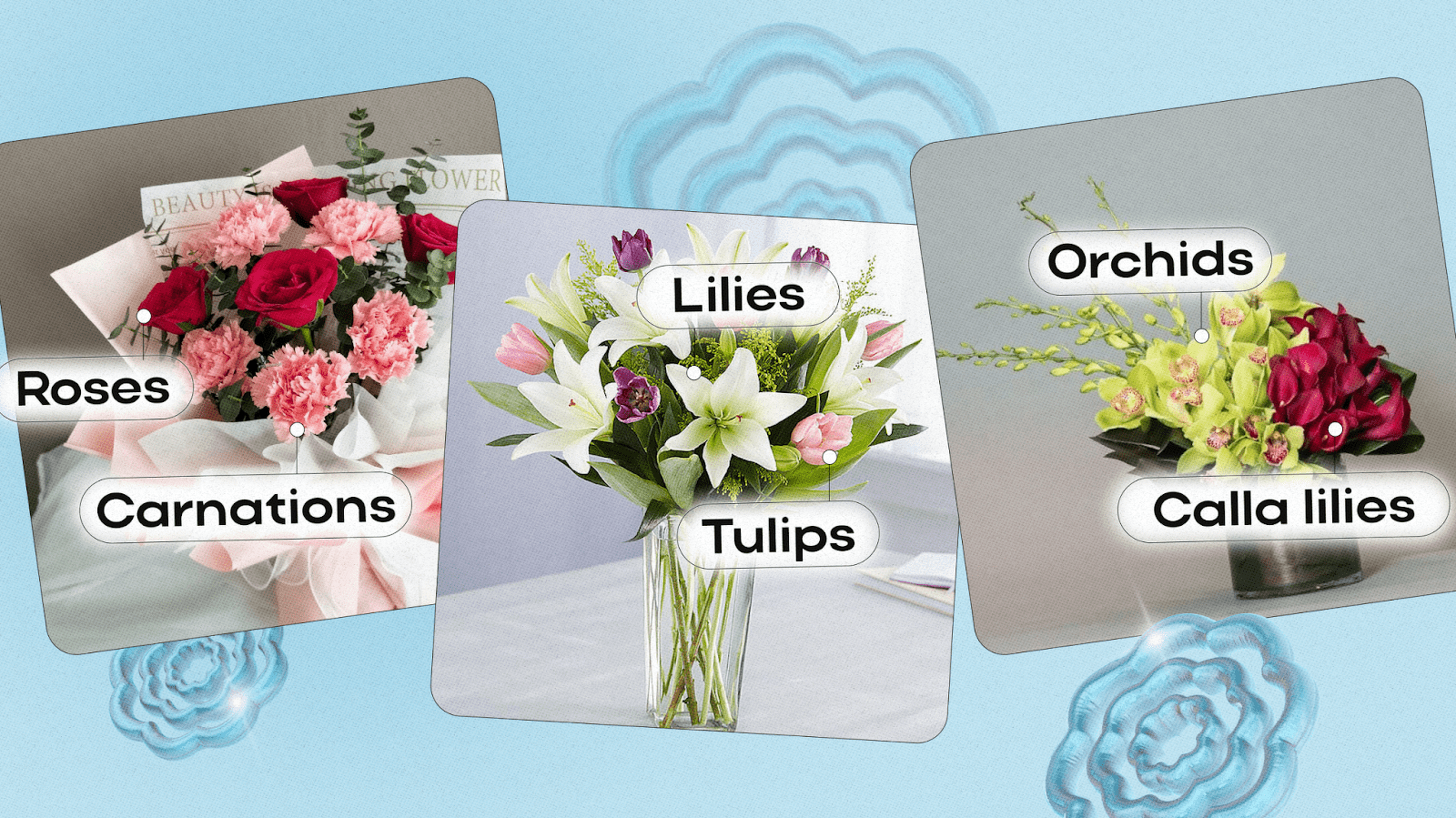
Here are some ideas on how to combine various types of flowers in a bouquet:
- Roses and carnations: For a timeless and romantic composition with a soft, ethereal feel.
- Lilies and tulips: For a graceful and sophisticated arrangement.
- Orchids and calla lilies: For a dash of modernity and tropical charm.
- Sunflowers and daisies: For a touch of joy, warmth, and a carefree spirit, combined with vibrant hues.
- Peonies and hydrangeas: For a lush, dreamy ambience complemented by ample buds.
- Snapdragons and irises: For a gift to represent grace, strength, and the mystery of life.
Whether gifting a bouquet or planning floral arrangements for a special event, knowing the intricacies behind each type of flower bouquet will help you create a stunning and meaningful surprise.
FAQ:
What Is The Name Of A Bouquet Of Different Flowers?
This is generally referred to as a mixed bouquet or a mixed arrangement.
What Is The Most Popular Flower For Bouquets Worldwide?
It’s undoubtedly the rose: with its timeless beauty and wide range of colours and meanings, it has been the ultimate choice for centuries.
What Is A Mono Bouquet?
This arrangement is created using a single flower type, creating a simple yet elegant arrangement focused on showcasing the elegance of a particular variety.
What flowers are included in a typical bouquet?
Usually, roses, lilies, tulips, daisies, carnations, and sunflowers are included in a typical composition.
Which flower is best for a bouquet?
Although no sort is universally considered the best, the most sought-after ones are roses, lilies, and peonies.
What are small bouquets called?
Small compositions are often called nosegays or posies. These petite arrangements are perfect for intimate occasions or as a thoughtful gesture.
Which flower is not used in a bouquet?
While no flower is universally excluded, it ultimately depends on personal preferences and the desired aesthetic. Species with musty scents or delicate blooms, such as lilies, are less commonly used.
What makes a pretty bouquet?
A pretty bouquet is characterised by a harmonious arrangement of flowers that complement each other in colour, shape, and size. It should reflect the occasion or sentiment and be well-balanced with colour selection.
What is the British style of flower arrangement?
Also known as the English garden style, this design emphasises natural, loose, and asymmetrical designs. It often incorporates a wide range of foliage and textures to create a romantic and effortlessly elegant look.
What is the prettiest flower in the world?
Although the answer to this question can be rather subjective, such varieties as roses, orchids, and peonies are often regarded as particularly beautiful due to their intricate petal formations and vibrant hues.
Which flower is the most expensive?
The most expensive in the world is the Kadupul flower, or Queen of the Night. Its rarity and ability to bloom only a few hours at night make it highly valuable and sought-after.
What is the stinky flower in a bouquet?
Strong-scented flowers are not typically used in bouquets, as their unpleasant odour can affect the overall experience. The most well-known foul-smelling flower is the titan arum, also known as the corpse flower, which has a strong smell frequently described as rotting.
Can a bouquet be one flower?
Surprisingly, yes! This is commonly known as a single-stem bouquet, and it can create a terrific minimalist effect.
How long should you keep a bouquet?
The longevity of a bouquet depends on several factors, including the type of flowers used and their freshness. On average, a crispy fresh composition lasts about 7-10 days if properly cared for.
How do you make a bouquet look expensive?
Consider using premium or rare flowers, incorporating lush greenery or unique foliage, and opting for an arrangement abundant in blooms. Adding elegant accents such as satin ribbons or decorative wrapping can enhance the overall luxurious feel too.
How much is a decent bouquet?
Decent bouquets can range anywhere from £20 to £80 or more, depending on how complex the design is and the quality of the flowers.
